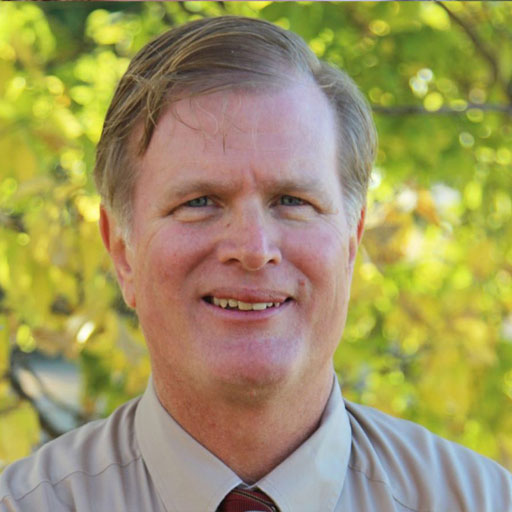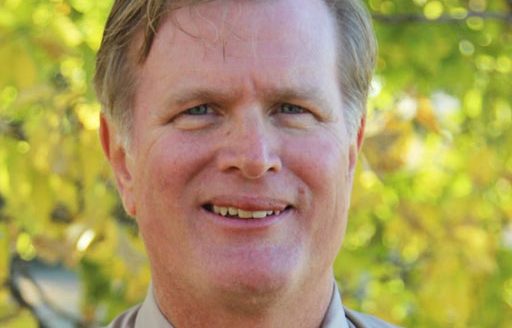Water is on the brain and in the wallet

This edition’s cover story by yours truly tells a story about another avenue in the journey to conserve groundwater from the Ogallala and High Plains aquifers.
While the cover story is based on a recent demonstration in southwest Kansas about water infiltration and reclamation work, my hope is that some of the nuggets shared can be applied in other states because they also depend on irrigation water.
The story of the Ogallala’s decline is well-documented by water experts and media that have been reporting on the issue. If a young reporter fresh out of college in 1979 would have written on the topic, he or she is likely retired now.
The vast underground reservoir has been tapped into and has provided the High Plains with a backbone to an impressive portfolio of cattle and dairy operations. In the case of beef cattle, the formula of groundwater combined with crop genetics has led to corn production to feed steers and heifers in feedlots that ultimately will go into a processing plant.
Susan Metzger, director of the Kansas Water Institute at Kansas State University, noted that in Finney County, the beef sector employs 11 times as many people, and produces 11 times the amount of revenue when compared to crop production, as an example, she said. Crop production is important to supporting the industry, but maximizing the beef industry makes economic sense.
The beef industry generates more than $165,000 per acre foot of water compared to $970 per acre foot of corn, Metzger said.
A fourth of the United States beef processing occurs in a 90-mile region in southwest Kansas and includes the cities of Dodge City, Garden City and Liberal. The importance of these industries did not go unnoticed by former U.S. Sen. Pat Roberts, the Kansas Republican and former chair of both the House and Senate agriculture committees. After the Sept. 11, 2001, terrorist attacks, Roberts noted that not only did it cause horrific deaths in New York City, the Pentagon and in Pennsylvania, but it also raised an awareness about food security as those beef plants play an important part of the United States and global economy.
In the past 20 years, the High Plains has also seen a renaissance in dairy production. These large-scale operations deliver milk quickly to processing centers to make cheese and other food products. Those final products ultimately end in the mouths of hungry consumers in the U.S. and elsewhere.
All of this is not possible without groundwater, which is the lifeblood of the High Plains economy. The steps taken in July to demonstrate feedyard water infiltration and reclamation can help stretch the water resource.
In Kansas’ case those steps make sense and, hopefully, grants and other incentives will be available to help feedyard and dairy operators to be able to add the infrastructure to their operations.
Observers who participated in the demonstration and are active in groundwater issues say that building trust through all the players is a must. We agree. Much work remains, not only in Kansas, but in Nebraska, Colorado, New Mexico, Wyoming, Oklahoma, Texas and South Dakota, where the Ogallala’s fingers are well-documented. The good news is that there is an awareness that the aquifer is a powerful engine to the High Plains agriculture.
Dave Bergmeier can be reached at 620-227-1822 or [email protected].


